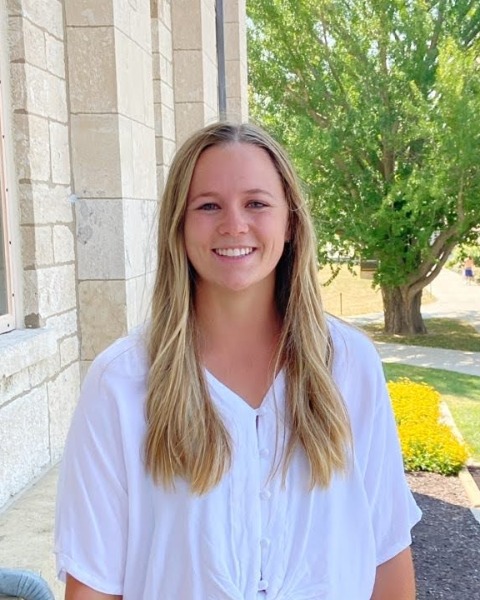(Re)habilitation and Counseling (C)
(PP105) Utilizing App- and Web-Based Auditory Training Resources for Adult Cochlear Implant Recipients

Olivia Adamson, B.A.
Audiology Graduate Student
University of Iowa
Coralville, Iowa, United States- KS
Kimberly Snell, BS
Audiology Graduate Student
University of Iowa, United States - JS
Jeffrey J. Shymanski, BA
Graduate Student Clinician
The University of Iowa
Iowa City, Iowa, United States 
Eun Kyung (Julie) Jeon, AuD, PhD
Clinical Assistant Professor
The University of Iowa
Iowa City, Iowa, United States
Lead Presenter(s)
Presenter(s)
Adult cochlear implant (CI) users receive little-to-no guidance on self-directed auditory training. It is also unlikely for CI audiologists to be able to monitor the CI users progress with their self-directed home training. This project compiles smartphone and web-based applications and categorizes them by features (i.e., environmental sounds, speech, music, cost, supported platform, etc.). This will provide a resource for CI audiologists when recommending auditory training programs and ability to monitor their performance over time. We also introduce the automated Ling 6 sounds tests, words in various noise levels, and communication partner's participation for home training.
Summary:
Cochlear implant (CI) recipients experience difficulties understanding speech due to the degraded auditory input provided through the CI. Intentional re-learning of speech sounds is often necessary to acquire full benefit from a CI. Unfortunately, aural rehabilitation is not typically provided for adult CI recipients in the United States. Due to appointment time restraints, poor reimbursement, and lack of evidence-based data to support a specific rehabilitation method over another, CI audiologists rely on a CI recipients’ self-training. Auditory self-training can consist of various methods such as apps, audiobooks, or web-based tools. An introduction to self-directed auditory training is typically provided on activation day and during follow-up appointments within the first year but is often overshadowed by programming time and other essential information such as care for the device. Aural rehabilitation resources provide opportunity for meaningful listening practice, but adult CI recipients may feel overwhelmed by the expanse of training options and frustrated if a given program’s difficulty is not well-matched to their auditory skill level. For CI audiologists, it is hard to keep up with the ever-changing auditory training resources. Often, we use manufacturer-provided resources for adult CI users, however a general information website for the growing number of resources would be beneficial. To improve the quality of life of CI recipients and their communication partners, this project compiles currently available app- and web-based programs developed by both cochlear implant and hearing aid manufacturers as well as research laboratories. We further describe and categorize auditory training resources based on features such as complexity and type of input, cost, and supported platforms. This project creates a user-friendly online index of app- and web-based auditory training programs organized by auditory skill level as well as a recommendation guide to appropriately match available resources to each patient’s listening goals. The objective of this project is to help CI audiologists determine patient-reported obstacles to their auditory skill development, identify current app- and web-based programs by their p<span style="mso-bookmark: _Hlk86931864;">atients’ targeted auditory skill(s), propose training program recommendations, and monitor CI recipients’ progress easily. Resources and tutorials of various auditory training resources will be disseminated and made available on our university website following the presentation.
Learning Objectives:
- List current app- and web-based auditory training programs for adult cochlear implant recipients and recommend appropriate training programs to match patients’ auditory skill levels and goals
